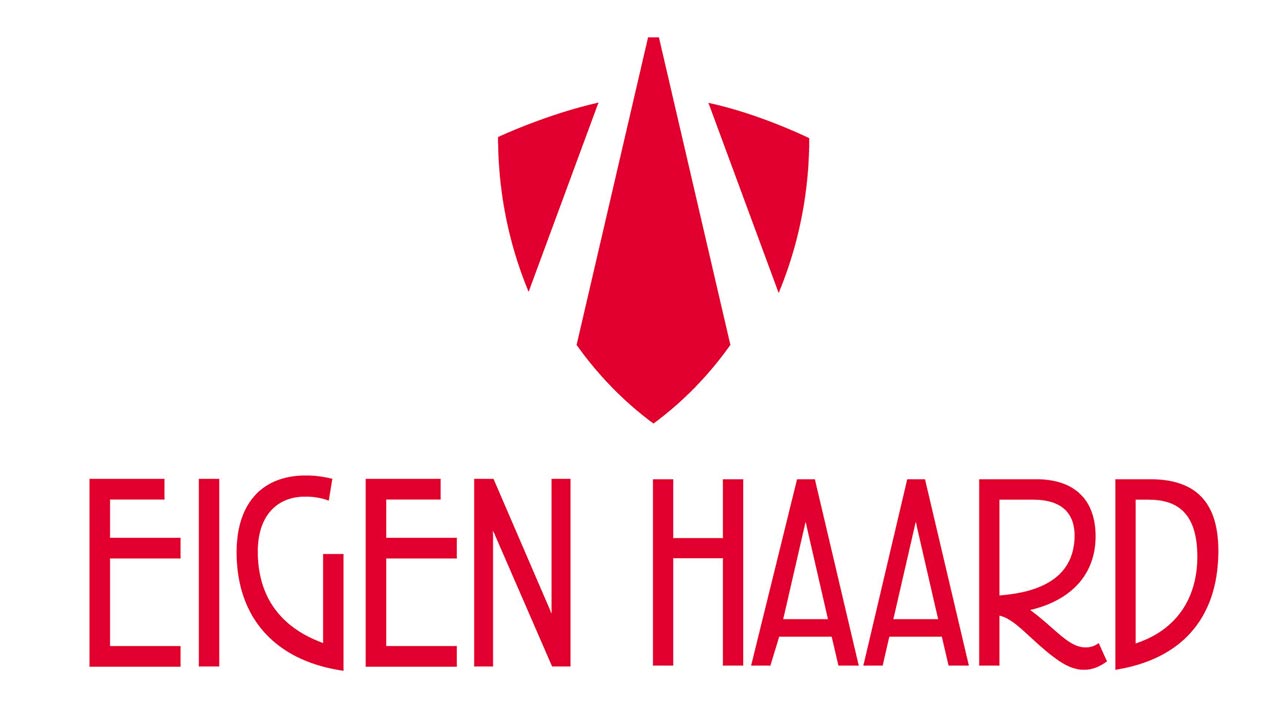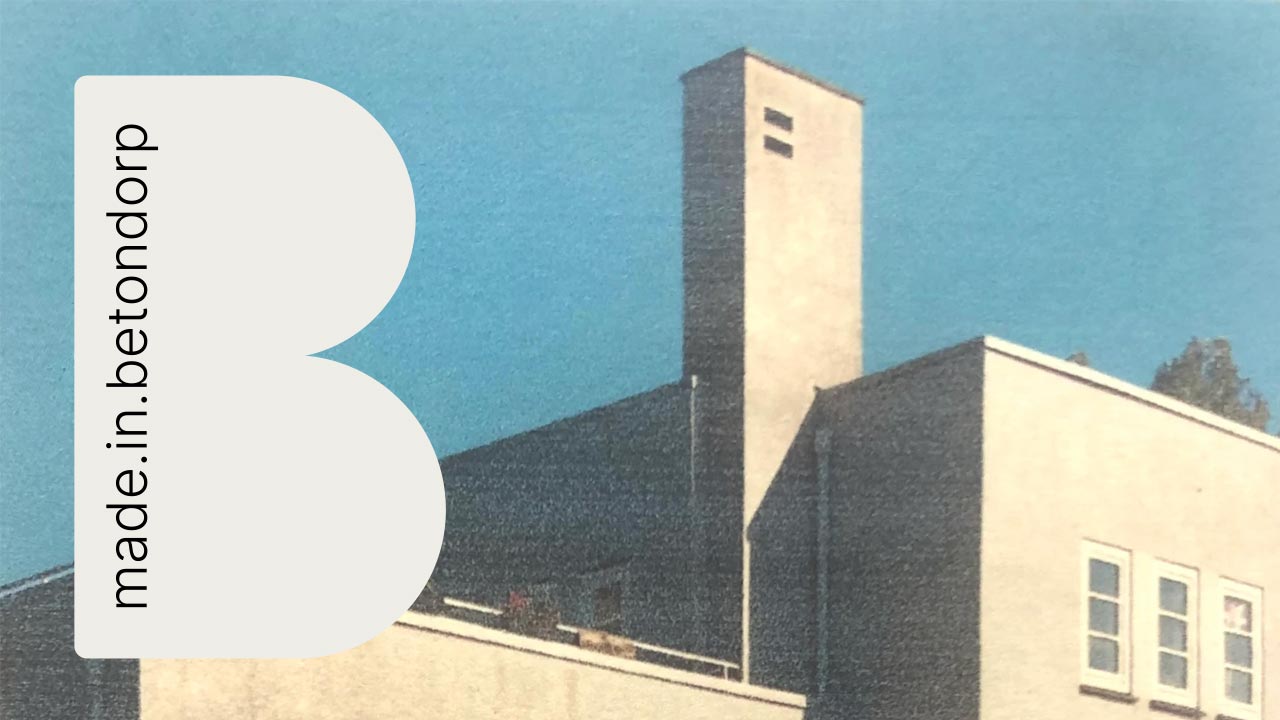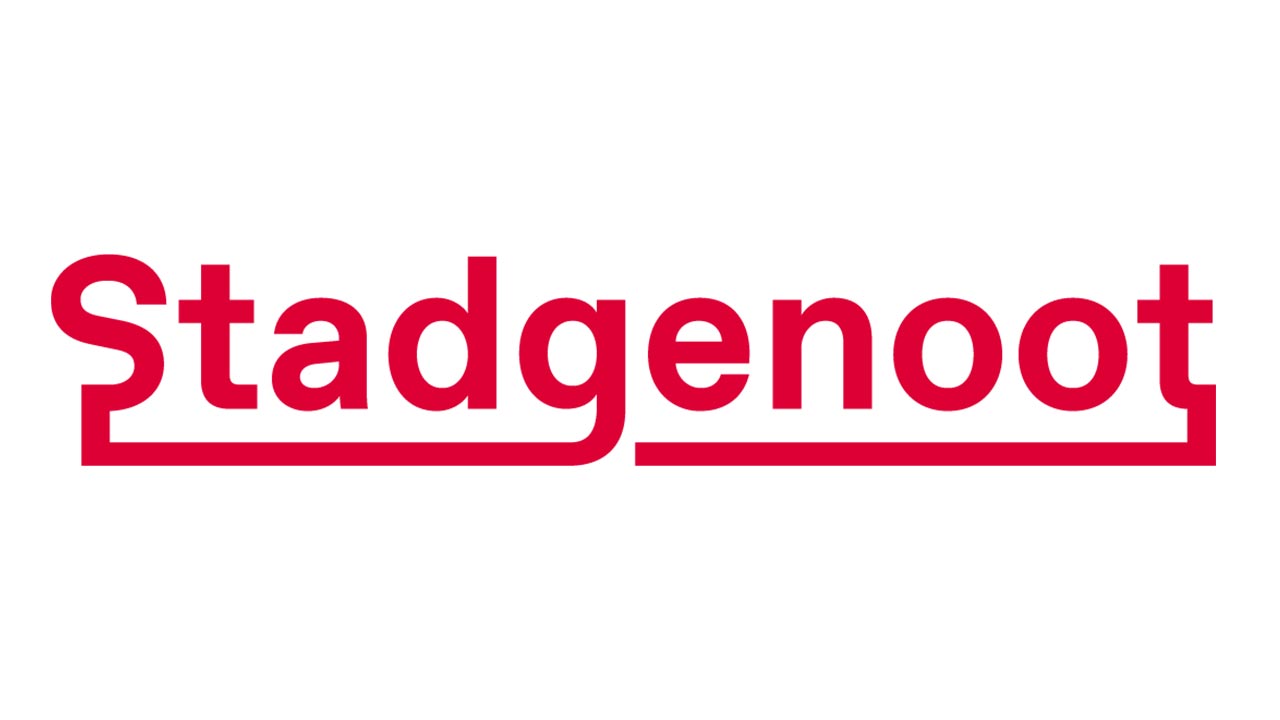
Betondorp
Amsterdam, Netherlands
Betondorp ('concrete vilage') is a garden suburb in the east of Amsterdam.
| Garden City Type: | Mixed (housing association / municipality / other) |
| Country: | Netherlands |
| City: | Amsterdam |
| Address: | Brink, and surrounding streets |
| Years of construction: |
1923 Start construction 1925 Completion
|
| Initiator/client: | Municipality of Amsterdam |
| Architect or related: |
Jan Gratama Jan Gratama (1877-1947) was a Dutch architect, town planner, artist and editor who grew up in Groningen. Gratama built in the Amsterdam School style, an expressive building style that was initiated by Michel de Klerk, Piet Kramer and Joan van der Meij. Gratama was the first to coin the term 'Amsterdam School' in the article Dr. H.P. |
| Heritage status: | Yes |
| Explanation: | In 2022 the city of Amsterdam approved the start of the procedure to designate three areas as municipal protected areas, among them Betondorp. The three areas will be protected because of their high urban development, architectural and cultural-historical value. |
| General condition of Garden City: | Good condition |
Architecture / Urban planning
Betondorp ('Concrete Village') or officially 'Tuindorp Watergraafsmeer' ('Garden Village Tuindorp') is a garden suburb built between 1923 and 1925 in Watergraafsmeer, in the east of Amsterdam. Betondorp is one of the first experiments of public housing built in concrete.
Because of the First World War, the commonly used building material, bricks, had become more expensive. Moreover, there was a shortage of skilled laborers. Concrete was therefore chosen as a substitute building material for a part of Betondorp.
The town planning was executed by Jan Gratama and Gerrit Versteeg. Nine architects were selected to built the 900 houses, some of whom used different types of concrete and different construction techniques. They were J.B. van Lochem, D. Greiner, W. Greve, D. Roosenburg, H.F. Mertens, J.H. Mulder, H.W. Valk, J. Hulschbosch, and J. Gratama himself.
Betondorp was buit with a variety of shops, several schools, a bathhouse, a public library and a community building ('verenigingsgebouw'), mostely concentrated around Brink. Cafes and churches were deliberately not a part of the plan initially.
Recent developments
The houses in Betondorp are still owned by housing associations, namely Eigen Haard, Stadgenoot and Ymere.
































